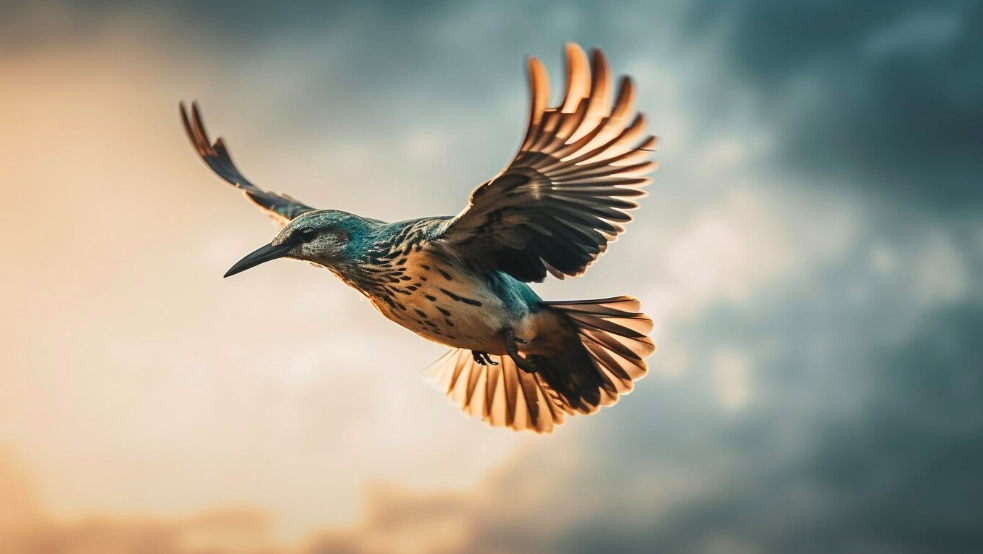Marvels of Migration: Mind-Blowing Journeys of Flying Species - animal migration phenomena

Migration in the animal kingdom is a spectacle of nature that never ceases to amaze. From tiny birds to majestic mammals, creatures across the globe embark on remarkable journeys in search of better habitats, breeding grounds, or food sources. In this article, we will delve into the captivating world of animal migration phenomena, exploring the astonishing feats achieved by flying species. Join us as we unravel the mysteries behind these incredible journeys.
Marvels of Migration: Mind-Blowing Journeys of Flying Species - Animal Migration Phenomena
In this section, we'll take an in-depth look at the phenomenon of animal migration, focusing on flying species and their awe-inspiring journeys.
The Monarch Butterfly's Transcontinental Odyssey
The Monarch butterfly, with its distinctive orange and black wings, undertakes a transcontinental migration like no other. These delicate insects travel thousands of miles from their breeding grounds in North America to the oyamel fir forests of Mexico. Along the way, they face numerous challenges, including adverse weather conditions and predators. Yet, their determination and navigational skills are nothing short of miraculous.
Monarchs use environmental cues, including the position of the sun and the Earth's magnetic field, to navigate with astonishing precision. This journey is a testament to the resilience and adaptability of these marvelous insects.
The Arctic Tern's Record-Breaking Flight
Imagine flying from the Arctic Circle to the Antarctic Circle and back again – every year. That's precisely what the Arctic tern does. This small seabird holds the record for the longest migratory journey, covering approximately 44,000 miles annually.
What's even more astonishing is that the Arctic tern experiences both polar summers in a single year. This remarkable journey allows them to exploit the bountiful feeding grounds in both hemispheres, showcasing their adaptability and resourcefulness.
The Epic Voyage of the Bar-Tailed Godwit
The bar-tailed godwit is a shorebird that embarks on an epic journey from Alaska to New Zealand, spanning an astounding 7,000 miles. What makes this migration truly mind-blowing is that these birds undertake it non-stop. That's right; they don't rest or eat during the entire flight.
To prepare for this incredible journey, bar-tailed godwits undergo physiological changes, including reducing the size of their digestive organs. This adaptation allows them to maximize their energy reserves for the long flight ahead.
The Spectacular Synchronized Flight of Starlings
Every year, flocks of European starlings put on a breathtaking aerial display known as murmuration. These synchronized movements involve thousands of birds flying in mesmerizing patterns across the sky. While this behavior is a sight to behold, it also serves a crucial purpose – protection from predators.
Murmurations confuse and deter potential threats, showcasing the collective intelligence of these flying species. The precise coordination required for such displays is a testament to the marvels of nature.
FAQs
Q: How do migrating birds know where to go?
A: Migrating birds rely on a combination of innate instincts and environmental cues such as the Earth's magnetic field and the position of the sun to navigate.
Q: Why do animals migrate?
A: Animals migrate for various reasons, including finding better breeding grounds, escaping harsh weather, and accessing new food sources.
Q: How do monarch butterflies survive their long journey?
A: Monarch butterflies store energy reserves and rely on their ability to fly efficiently to endure their long migration.
Q: Do all species of birds migrate?
A: No, not all bird species migrate. Some are year-round residents in their habitats.
Q: What threats do migrating animals face during their journeys?
A: Migrating animals encounter threats such as adverse weather conditions, predators, and habitat destruction due to human activities.
Q: How can we help conserve migrating species?
A: Conservation efforts include protecting vital habitats, reducing pollution, and supporting organizations dedicated to the preservation of migratory species.
Conclusion
The world of animal migration phenomena is a testament to the incredible adaptability, intelligence, and determination of flying species. From the Monarch butterfly's transcontinental odyssey to the starlings' mesmerizing synchronized flight, these creatures leave us in awe of their remarkable journeys. As we marvel at their feats, let us also remember our responsibility to protect these incredible species and the ecosystems they depend on.


